affordances and signifiers
interaction design
good design
human-centered
discoverability
communication
understanding
affordances
affordances
psychologist, j.j. gibson
relationships between animals and objects
perceptions of use through clues
object qualities and animal abilities
how we can easily make use of everyday things
affordances in
interaction design
engineer turned designer, don norman
appropriation and use in design
discoverability and understanding
popularity and misuse
affordances in this room?
signifiers
signifiers in design
any mark or sound, any perceivable indicator that communicates appropriate behavior to a person
must be perceivable
cursors
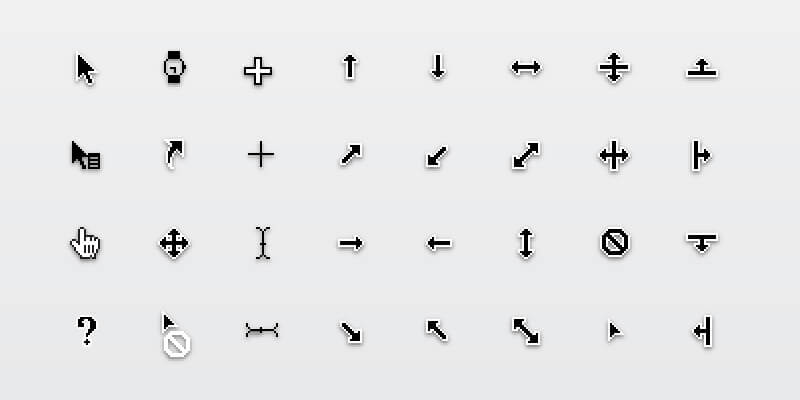
mapping
mapping: relationships
relationship between control and action / result
spatial layout
spatial correspondence between controls and actions
make interactions easier to learn
natural
mappings
spatial analogies lead to immediate understanding
some mappings are cultural
scrolling and scrollbars


trackpad scrolling
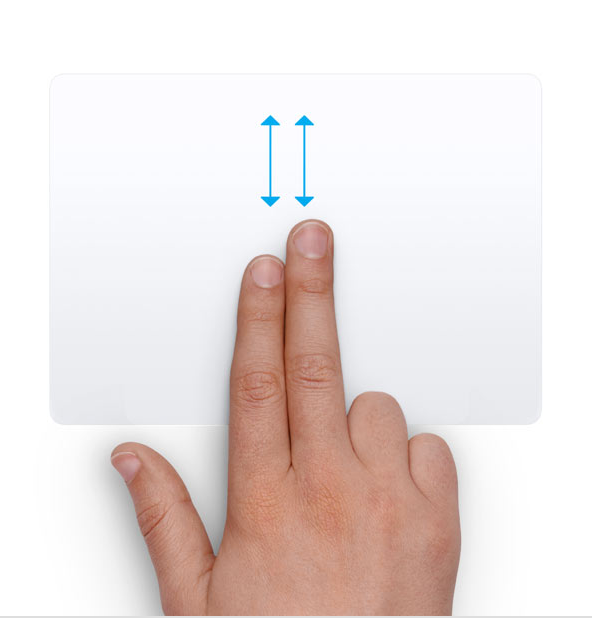
customization
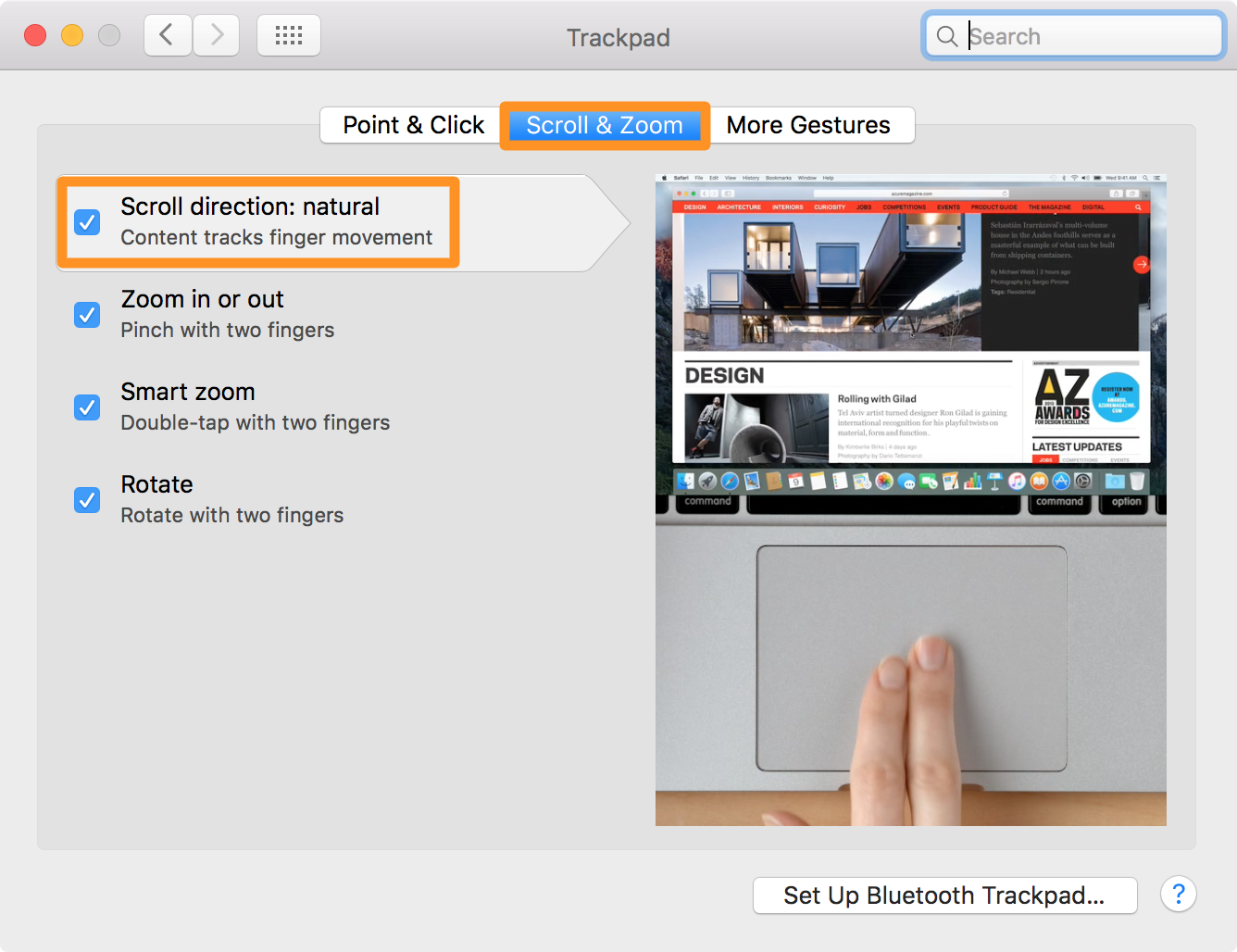
feedback
feedback
response to action
immediate
informative
visual, auditory, haptic, olfactory
consider accessibility and inclusiveness
visual



auditory
not currently visual focus
source?
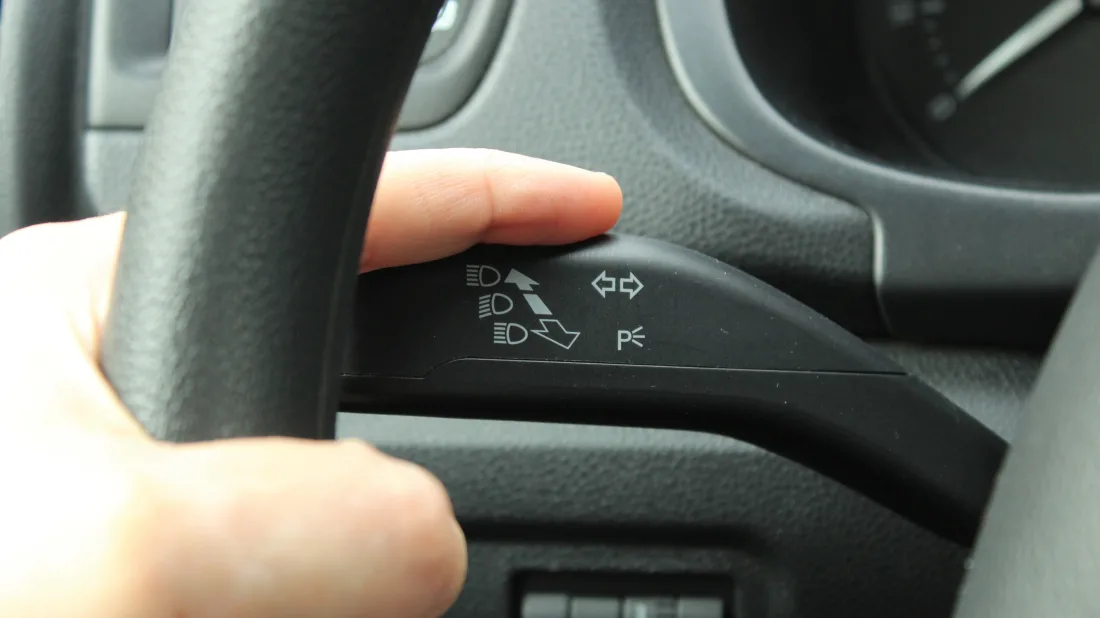
haptic
poor feedback
miscommunication
inconsistent
latency
too much: inform, not disrupt

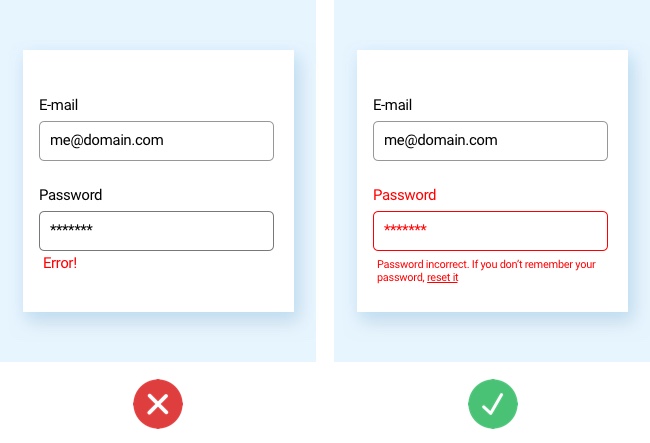
response times [nielsen 1993]
0.1 s → limit for feeling instaneous
1.0 s → limit for user's flow of thought
10 s → limit for keeping user's attention
conceptual models
conceptual models
explanation for how something works
can be incomplete
can be inaccurate
but still useful
norman's refrigerator
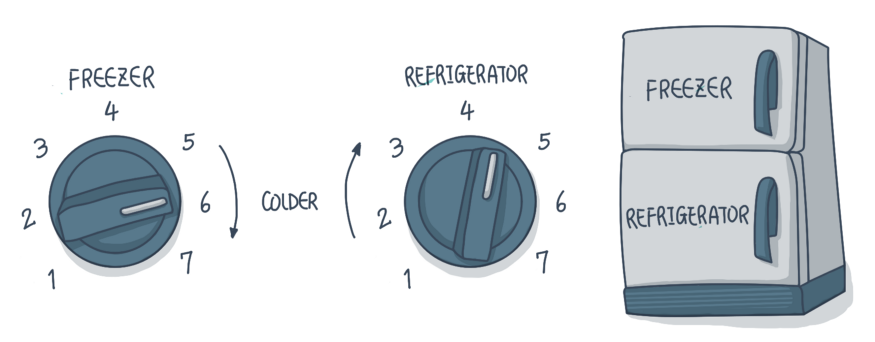
conceptual models for refrigerator
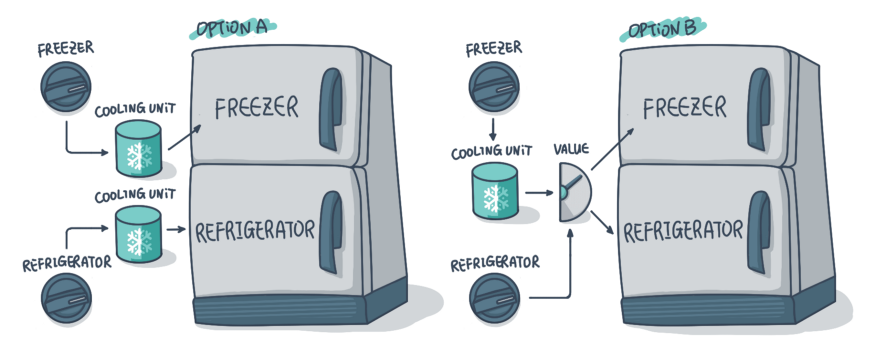
web browser back / forward
traverse recent history of websites by url
dynamic content (not url-based)
designer's model != user's model
affordances, signifiers, mappings, and feedback → models
in-class activity
contacless payment
what information is sent?
what is the max amount you can pay?
why is there an upper limit?
how many times can you use per day?
what happens if you have two contactless cards in the same wallet or purse?
how are conceptual models formed?
system image
no direct communication with designer
appearance
similar things
what we are told
documentation
good communication →
good models
burden on system image
good models help users correct mistakes
interaction design
good design
human-centered
discoverability: affordances, signifiers, and mappings
communication: signifiers and feedback
understanding: affordances, mappings, and conceptual models
questions?
reading for next class
Chapter 4: "Knowing What to Do: Constraints, Discoverability, and Feedback"
The Design of Everyday Things
